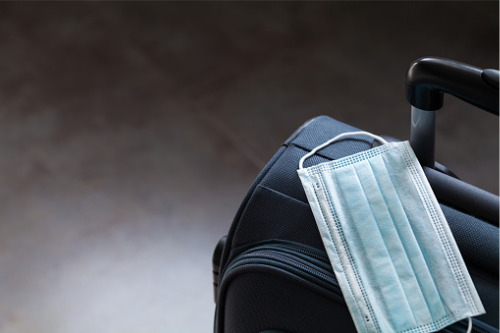

A Trans-Tasman bubble may finally be on the horizon, with Australia finalising a deal that will allow New Zealanders back over the ditch – however, the bubble in its current form would only be one-way, and Prime Minister Jacinda Ardern says returning Kiwis would still need to quarantine in managed isolation for 14 days at their own expense.
New Zealanders who have not been in a COVID-19 hotspot in the last 14 days will be able to travel to New South Wales and the Northern Territory from October 16, according to Australian Deputy Prime Minister Michael McCormack. However, New Zealand will not be opening its borders up to Australian travellers just yet.
McCormack called this the ‘first stage’ of a Trans-Tasman bubble, though Ardern says that New Zealand is not yet in a position to implement quarantine-free travel with Australia.
Allianz Partners CEO Kevin Blyth says that its New Zealand-based travel partners will likely continue to rely on domestic tourism for the near future – however, he says they are also ‘optimistic’ about a potential bubble with Australia and the Pacific Islands.
“In spite of everything that’s going on, a survey of our travel partners told us that three quarters of them are still feeling optimistic about the future,” Blyth said.
“They know that travel will start again, and that they’ll start to see people heading back overseas – and similarly, large numbers of people will want to come to New Zealand when they can.”
“We’re definitely seeing a lot more Kiwis doing their ‘staycations’ now, and when we saw Air New Zealand opening up their middle seat on domestic flights, they sold a huge number of seats – which is really great,” he added.
“Hopefully that’ll help some of the provinces of New Zealand as people start heading out to spend some time there. That’ll bring some revenue to those areas which would normally rely on international tourists.”
“For us, we’re going to continue to look at the products that we think will be good for the New Zealand market, so that we can work on and adjust the offerings we already have,” Blyth concluded.
“Either way, we’re going to have to learn how to live with COVID in its current shape and form.”
